Elimination Diet for Eosinophilic Esophagitis
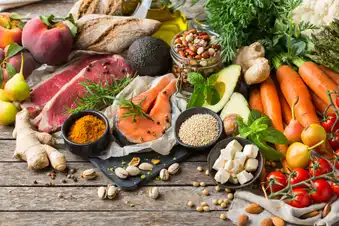
What Is an Elimination Diet?
If you have eosinophilic esophagitis (EoE), your doctor might suggest an elimination diet to find out which foods are triggering it. You’ll cut out the food groups that are most likely to cause an allergic reaction, including dairy, wheat, egg, soy, nuts, and fish and shellfish. Then you’ll slowly add them back to see which ones cause symptoms. Studies show that elimination diets help with the symptoms of about 70% of the people with EoE who try them.

How It Works
After going off all the high-allergen food groups for 6 weeks, your doctor will test a sample of the tissue in your esophagus (this is called a biopsy) to get a baseline for later comparison. You’ll then add a food group back into your diet every 2 to 4 weeks. Your doctor will take biopsies throughout this process to check for new inflammation. Once the doctor identifies the problem foods, you’ll cut those out of your diet for good.
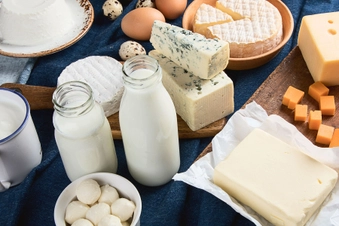
Dairy Products
Cow’s milk is one of the most common causes of EoE. Milk protein can bring on an immune response in which your body makes too many too many eosinophils, a specific kind of white blood cell. People who have EoE can have different levels of sensitivity to milk. Some can eat baked goods made with cow’s milk with no reaction. Others have to steer clear of all forms of milk in order to avoid a reaction.
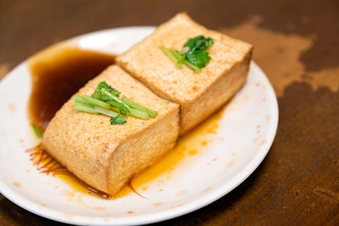
Soy
Soy allergies result from a reaction to the protein found in soybeans. Soy-based foods include edamame (soybeans), tofu, tempeh, soy butter, soy sauce, soymilk, and miso. It’s also an ingredient in many processed foods, including vegetarian meat substitutes. Soybeans are a legume. So if you’re allergic to soy, you could be allergic to other legumes, too.
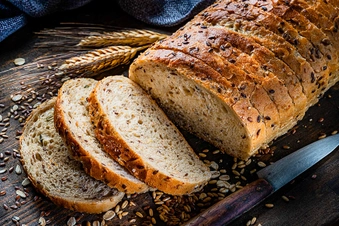
Wheat
When wheat causes EoE symptoms, it means your body produces antibodies to a protein found in it. You probably know that bread, cereal, and baked goods contain wheat. But wheat can hide in many unexpected foods, too, like hot dogs, ice cream, and some beers. You’ll need to steer clear of all of these when you give up wheat.
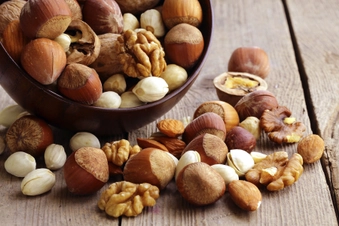
Nuts
When you give up nuts for an elimination diet, you’ll have to bid a temporary farewell to both tree nuts (almonds, Brazil nuts, cashews, hazelnuts, pecans, pistachios, and walnuts) and peanuts. Most people get to welcome these foods back though. Nuts tie with fish and shellfish for the title of least likely to cause EoE, but doctors still recommend a short-term cut as part of the process.
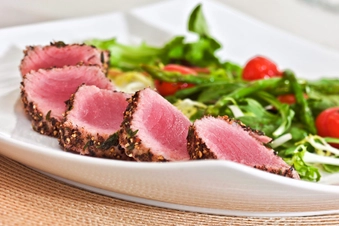
Fish/Shellfish
Like other food allergies, a reaction to fish or shellfish happens because of specific proteins found in them. Some people are allergic to both, but you can be allergic to fish and not shellfish or vice versa. Whole fish and shellfish are easy to spot and avoid, but you can also find fish in unexpected places. Caesar dressing, Worcestershire sauce, and many Asian sauces contain fish in some form.

Eggs
It’s more common for kids to be allergic to eggs than adults. If you’re allergic, your doctor will help determine just how careful you need to be. Heat interferes with the proteins that cause egg allergies, so some people can eat baked goods made with eggs even though they can’t eat scrambled eggs or omelets. Beware: Eggs can hide out anywhere. They’re in mayo, hollandaise sauce, marshmallows, and foods brushed with egg wash.
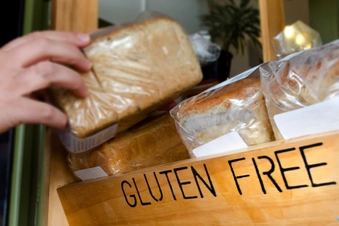
Challenges
These six food groups make up the bulk of the American diet, so you may find yourself feeling stumped about what you can eat. Most fruits, vegetables, and meats will be fine. To round out your meals, you might consider “specialty foods,” such as gluten-free bread or nondairy milks. But keep in mind that these often cost more than the traditional foods that they are meant to replace.

Tips for Success
Don’t go it alone – only do this diet under the watchful eye of a dietitian. They can teach you how to prepare delicious and satisfying meals that don’t trigger your allergies. With a dietitian, you’ll also learn you how to read labels, avoid cross-contamination, and be sure you’re getting proper nutrition.
Show Sources
IMAGES PROVIDED BY:
- Aamulya / Getty Images
- grublee / Getty Images
- bit245 / Getty Images
- Ivan / Getty Images
- fcafotodigital / Getty Images
- olgakr / Getty Images
- maribee / Getty Images
- aristotoo / Getty Images
- chameleonseye / Getty Images
- Stevica Mrdja / EyeEm / Getty Images
SOURCES:
Children’s Hospital Colorado: “Eosinophilic Esophagitis (EoE) Diets for Kids.”
Mayo Clinic: “Use of dietary strategies in treating eosinophilic esophagitis,” “Wheat allergy.”
Journal of Allergy Clinic Immunology: “Tolerance of baked milk in patients with cow’s milk-mediated eosinophilic esophagitis,” “Allergic Components of Eosinophilic Esophagitis.”
Johns Hopkins Medicine: “Soy Allergy Diet.”
American College of Allergy, Asthma & Immunology: “Everything You Need to Know about Tree Nut Allergy,” “Fish.”
Food Allergy Research & Education: “Egg Allergy.”
EosinophilicEsophagitisHome.org: “Eosinophilic Esophagitis Diets – Six Food Elimination Diet.”